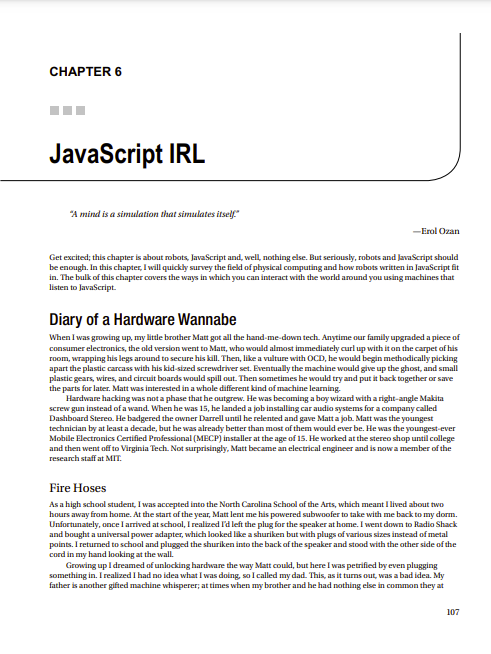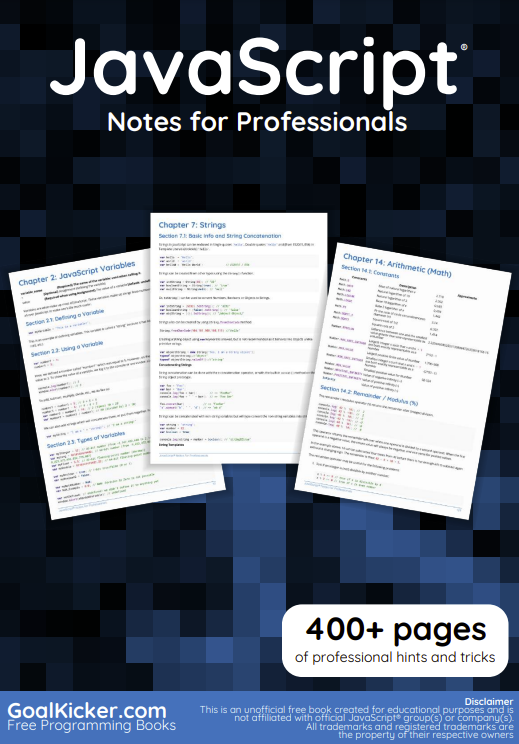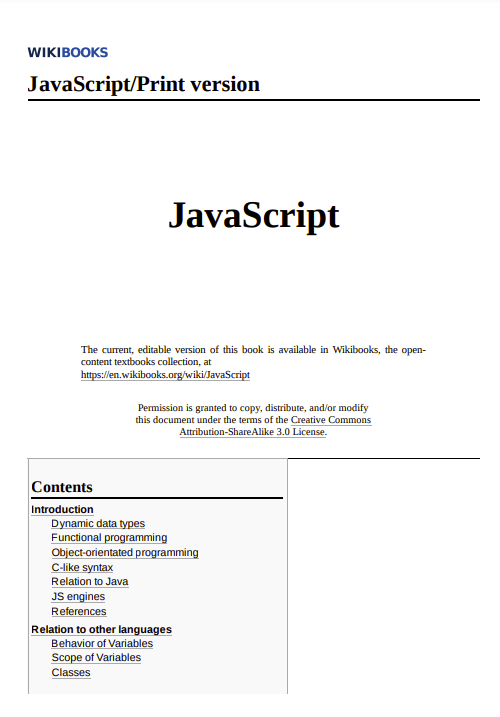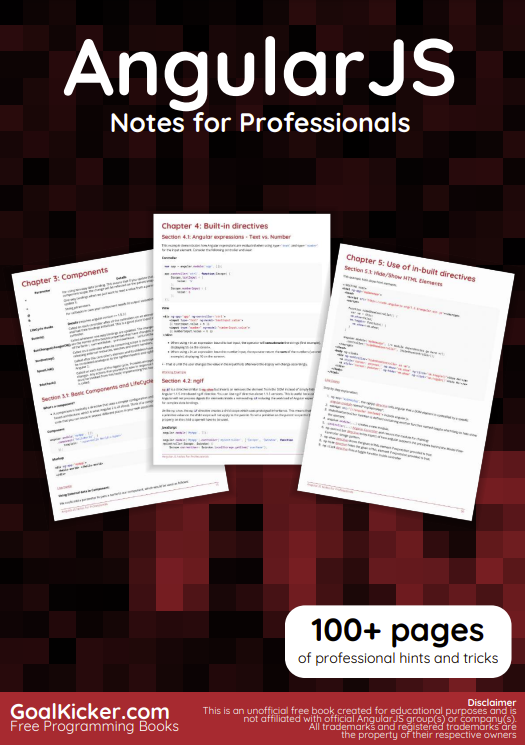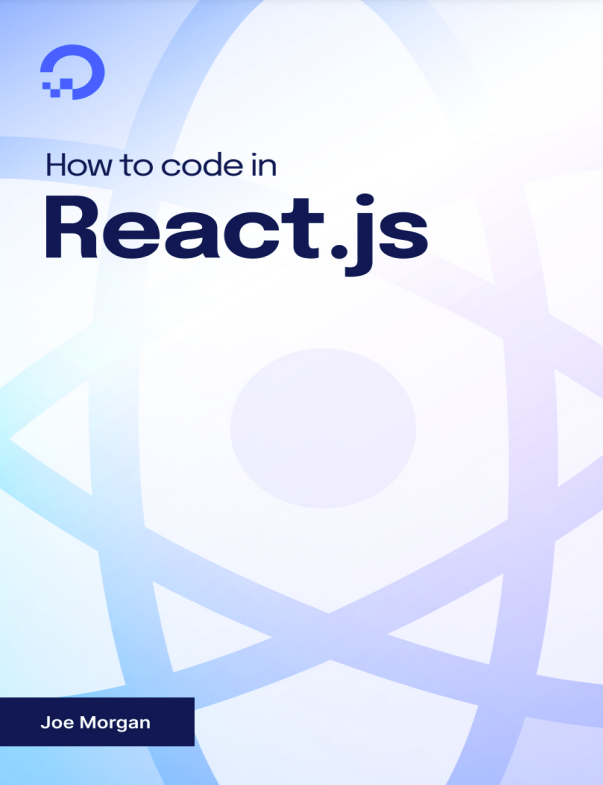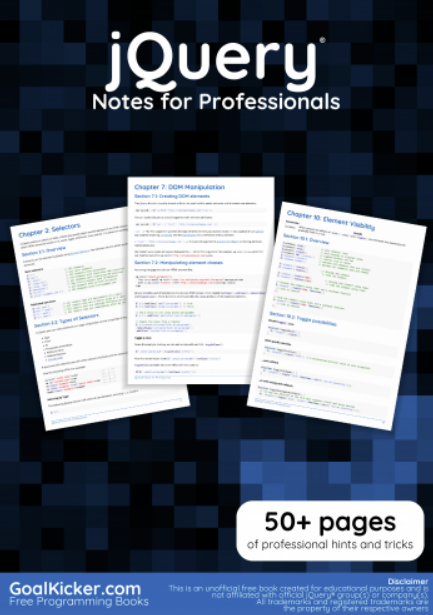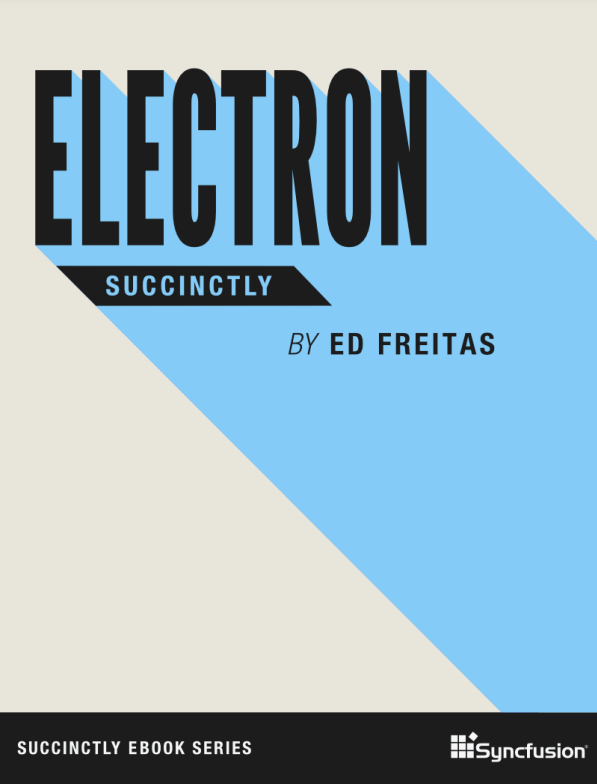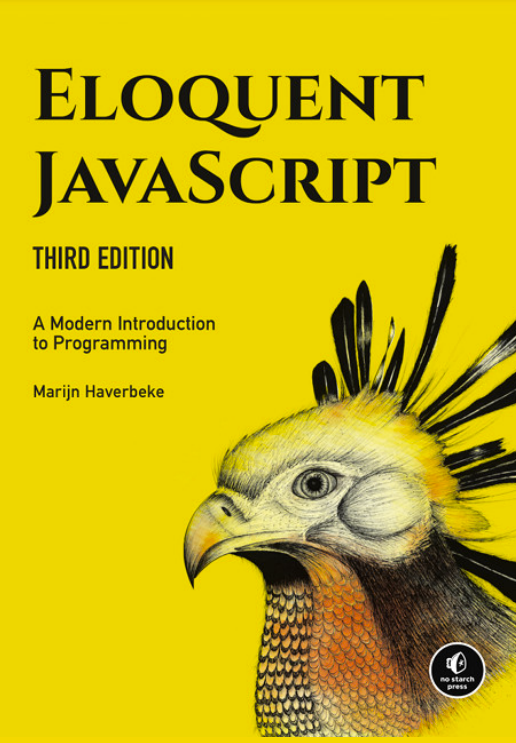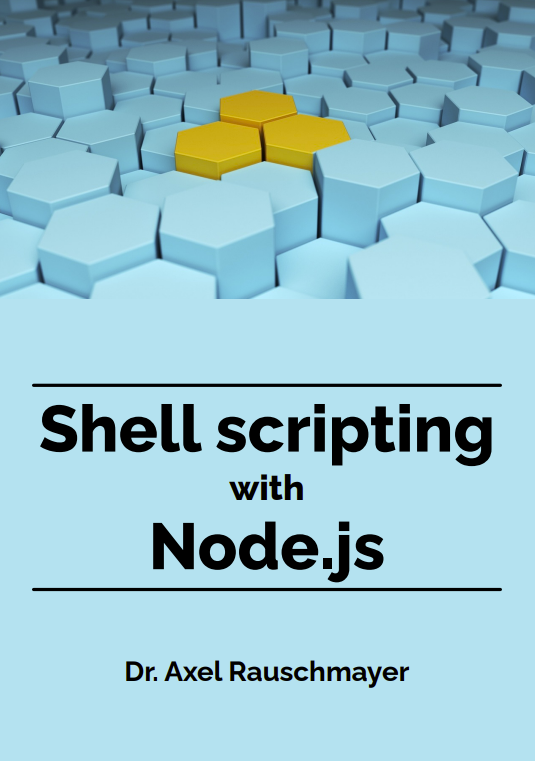Get excited; this chapter is about robots, JavaScript and, well, nothing else. But seriously, robots and JavaScript should be enough. In this chapter, I will quickly survey the field of physical computing and how robots written in JavaScript fit in. The bulk of this chapter covers the ways in which you can interact with the world around you using machines that listen to JavaScript.
Physical Computing
I know I promised robots, and I’ll get there, but much of what you will be learning about in this chapter is lumped into the category of physical computing. The name itself sounds so spectacularly vague that it borders on meaninglessness. Starting with a definition will help you get your bearings. Wikipedia defines physical computing this way:
Physical computing, in the broadest sense, means building interactive physical systems by the use of software and hardware that can sense and respond to the analog world. While this definition is broad enough to encompass things such as smart automotive traffic control systems or factory automation processes, it is not commonly used to describe them. In the broad sense, physical computing is a creative framework for understanding human beings’ relationship to the digital world. In practical use, the term most often describes handmade art, design or DIY hobby projects that use sensors and microcontrollers to translate analog input to a software system, and/or control electro-mechanical devices such as motors, servos, lighting or other hardware.
In popular culture, physical computing is typically associated with engineering outsiders or new media artists who orbit outside the gravitational pull of professional engineering. Many of the most interesting examples of physical computing take one of two approaches:
• They interweave the computer into an existing analog physical process in an unexpected way.
• They map rules, tropes, or artifacts of the virtual world into physical space.
Even though the Wikipedia definition infers a DIY quality to physical computing, that is not to say that the field has no place for consumer-grade, mass market electronics. The Microsoft Kinect is a perfect example of such a device.
The name Kinect cleverly alludes to its purpose, which is to use its camera to read a player’s body gestures as the means to control a game. The name is the amalgamation of kinetics (movement) and connect (data transmission), two key facets of physical computing. The Kinect is a great example of a finely polished and extremely sophisticated physical computing device.
You may be asking yourself this question: what is the line in the silicone that divides devices that are and are not for physical computing? Consider the differences between the Kinect and a digital video camera. The important distinction between the two is not the asymmetry in technical complexity, but rather that the Kinect uses video capture as part of a larger feedback processing loop involving the player, the game system, and potentially remote servers. Alternatively, the video camera merely stores all available input indiscriminately and waits for further instruction.
The point of physical computing is not to make more things. The goal is to make new pathways between the physical and virtual worlds, which allow users to read, remix, and rebroadcast the world around them.
An Internet of Things
Physical computing devices are often referred to as being part of the “Internet of Things.” Kevin Ashton is credited with coining this term, which he used to theorize a world in which all devices would be persistently connected together through omnipresent networks and low-powered, cheap, and promiscuous sensors. He was interested in how these devices might track and categorize themselves or speak up when needed by the user. Much of his emphasis was on the emerging field of radio frequency identification (RFID) tags , which are small circuits that can be read from and written to when energized by external power. RFID tags are now incredibly pervasive in daily life. They are embedded in everything from credit cards to the scruff of the neck of a family pet.
